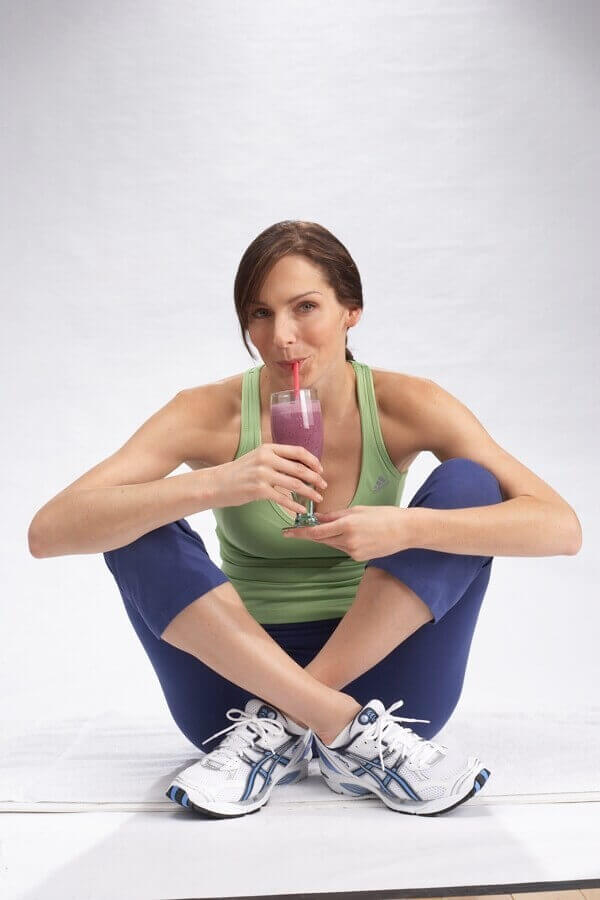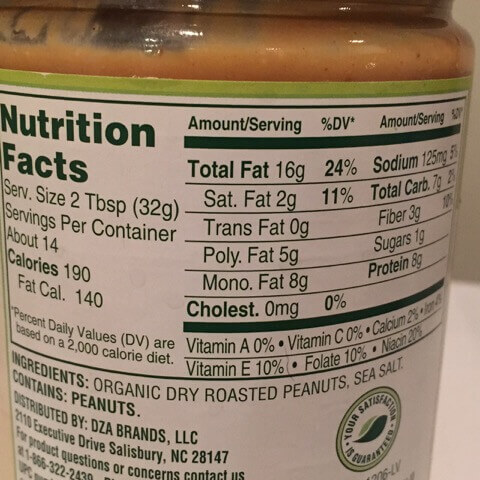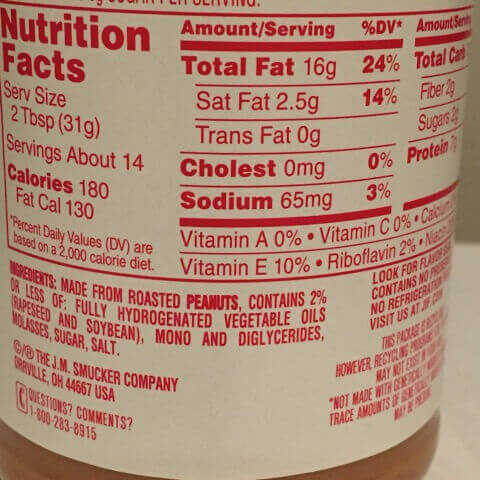Food Labels Coming Clean
Clean. Simple. Wholesome.
Who doesn’t love those words, especially at the beginning of a new year? Lots of people are venturing into 2016 with plans to clean up their diets, and for many, eating clean, simple, and wholesome foods is the preferred approach. Cooking at home is one way to help yourself along in the clean eating pursuit. Another way is to get familiar with food labels. If you’re a health-conscious shopper, you’ll be reading a lot of them.

What is a “clean” food?
It helps to start by defining what we mean by “clean food.” You may already know that there is no official government definition of the term “natural” when used on a food label, and the same is true for the term “clean.” The Food and Drug Administration (FDA) has not defined “clean,” either, and there is no symbol or logo that consumers can look for to help them shop clean. The food industry may define a clean food as something that has a simplified ingredient list and no artificial additives. Others may distill it a bit further and say that a “clean” food is one consumed as close as possible to its natural state. “Clean” is more about what’s not in the food — the purity of the ingredients and how close they are to their original roots.
So where does that leave consumers?
Today’s consumers are definitely concerned with the number of ingredients in their food, while others may be concerned with whether a food is organic, sustainably raised and harvested, or if it contains GMOs or any “chemical-sounding” ingredients. For those who want to feed their family wholesome, clean foods they need to educate themselves about where their food and their ingredients come from and learn how to read packaging and nutrition labels. They should also be on the lookout for what to avoid.
Label Reading 101
Reading food labels is not difficult. It just requires a keen eye, education and a little bit of time. Many shoppers are already aware of the Nutrition Facts section of the food label. This is where key nutrition information about the food is located (such as how much fat, sodium, carbohydrates, etc.). Here is a quick and easy guide to reading the Nutrition Facts part of the label. However, when you want to “eat clean” you want to focus on the ingredients listed on the label and understand how many there are and exactly what they are.
The ingredient list is located just below the Nutrition Facts. Ingredients are listed in descending order by weight, so those ingredients that are present in the largest amounts are listed first. As you examine labels you want to consider each ingredient individually. Here is an example using peanut butter. The top version of the ingredient list is from an organic, creamy peanut butter brand that is widely available at regular supermarkets.

You can see that all it contains is organic roasted peanuts and sea salt—it doesn’t get much more simple than that! The bottom photo shows the ingredient list for another brand of peanut butter that is marketed as containing less sugar than their typical peanut butter formulation, and presumably more healthful. Both peanut butters contain salt for flavor. But, while the second product does indeed contain fewer ingredients than some other brands of peanut butter, it still includes extra ingredients that someone who wants to “eat clean” may be avoiding. These include hydrogenated oils, mono- and diglycerides (fats that act as emulsifiers to maintain consistency and smoothness), sugar and molasses—another form of added sugar. The “clean eating” lesson here: simpler is better when it comes to ingredient lists. Read beyond the words splashed on the front of food packages and focus on the ingredient list, where simpler is better.

If you are a beginner to eating clean, one easy way to start purchasing “cleaner” foods is to focus on foods with “free from” labeling. These are labeling statements such as “gluten-free” or “GMO-free” or “allergen-free.” These types of statements usually appear on the front of the food package, so if those concerns are your focus, you can use these as a tool to make your clean shopping a little easier.
Cleaning up your produce choices
Most people agree that whole and single-ingredient foods, those that are unprocessed or minimally processed fit most easily into a “clean” diet. Nutritionally, these foods are a good bet, too, since they don’t have added ingredients—such as salt and sugar—that can detract from their nutritional benefits. Fresh and frozen fruits and vegetables are a perfect example because they are enjoyed pretty much the way Mother Nature intended. Of course, eating plenty of colorful fresh produce daily is a smart move (and buying fresh produce grown locally gets you closer to the farmer who grew it, which means you can learn how that food was grown). But don’t discount the freezer aisle! Frozen fruits and vegetables count toward your daily produce goals, and help round out your diet by allowing for more variety in all seasons. Fruits and vegetables that are simply frozen (not sauced, sugared or otherwise “doctored”) are certainly “clean” by anyone’s definition. For example, Wild Blueberries, picked at the peak of ripeness and at their most nutritious, are a tasty, “clean” food that is frozen within a day of harvest and shipped right to your supermarket. Wild Blueberry plants are indeed wild—they’ve never been modified by man, so they have no GMOs. And since most people don’t live close to the Wild Blueberry barrens of Maine and eastern Canada, choosing frozen Wild Blueberries is the easiest way to include these tasty, “clean” and nutritious berries in your diet.

